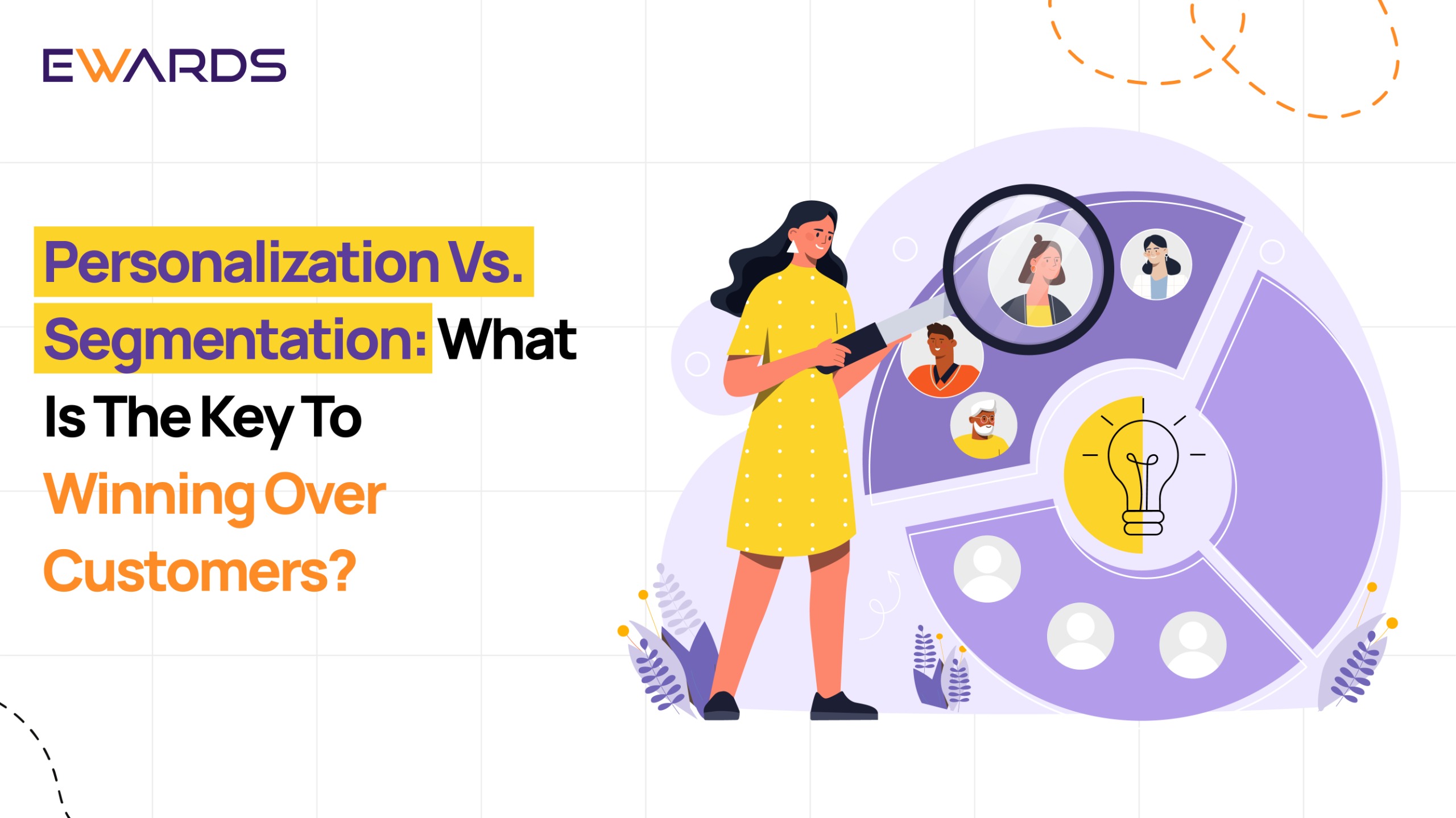
We live in a digital-first world where customers expect more than just a transaction. They expect an experience that feels personal, meaningful, and customized according to their needs. So, as a marketer, how do you ensure your communication stands out in the crowd?
You have two powerful strategies at your disposal: Segmentation and Personalization. Both these strategies are essential for building strong relationships with customers, but they take different approaches to reaching the same goal, that is, creating meaningful, impactful connections.
The actual question is which one works better, and when should you use each?
Let’s break it down by looking at how one-to-many segmentation compares with one-to-one personalization, and why combining the two can be important for your CRM success.
Segmentation
Marketing segmentation refers to dividing your customer base into smaller fragments depending upon shared characteristics like demography, purchase behavior, geographic location, and more. The basic idea behind this strategy is to be able to reach a group of people who have similar interests and needs rather than sending out similar messages to all individuals. According to McKinsey, companies that use data-driven segmentation see a 15-20% increase in sales by aligning offers with customer needs.
Retail giants like Target and Walmart use segmentation to target health-conscious customers with a specific set of diet-focused products. By segmenting customers into groups based on their dietary preferences (e.g., keto, vegan, gluten-free), the brand is able to send out tailored campaigns to each group, maximizing relevance and engagement.
Personalization
Personalization refers to delivering hyper-targeted, individual experiences with the use of customer data. It is a strategy of transforming one-to-many messages into one-to-one communication.
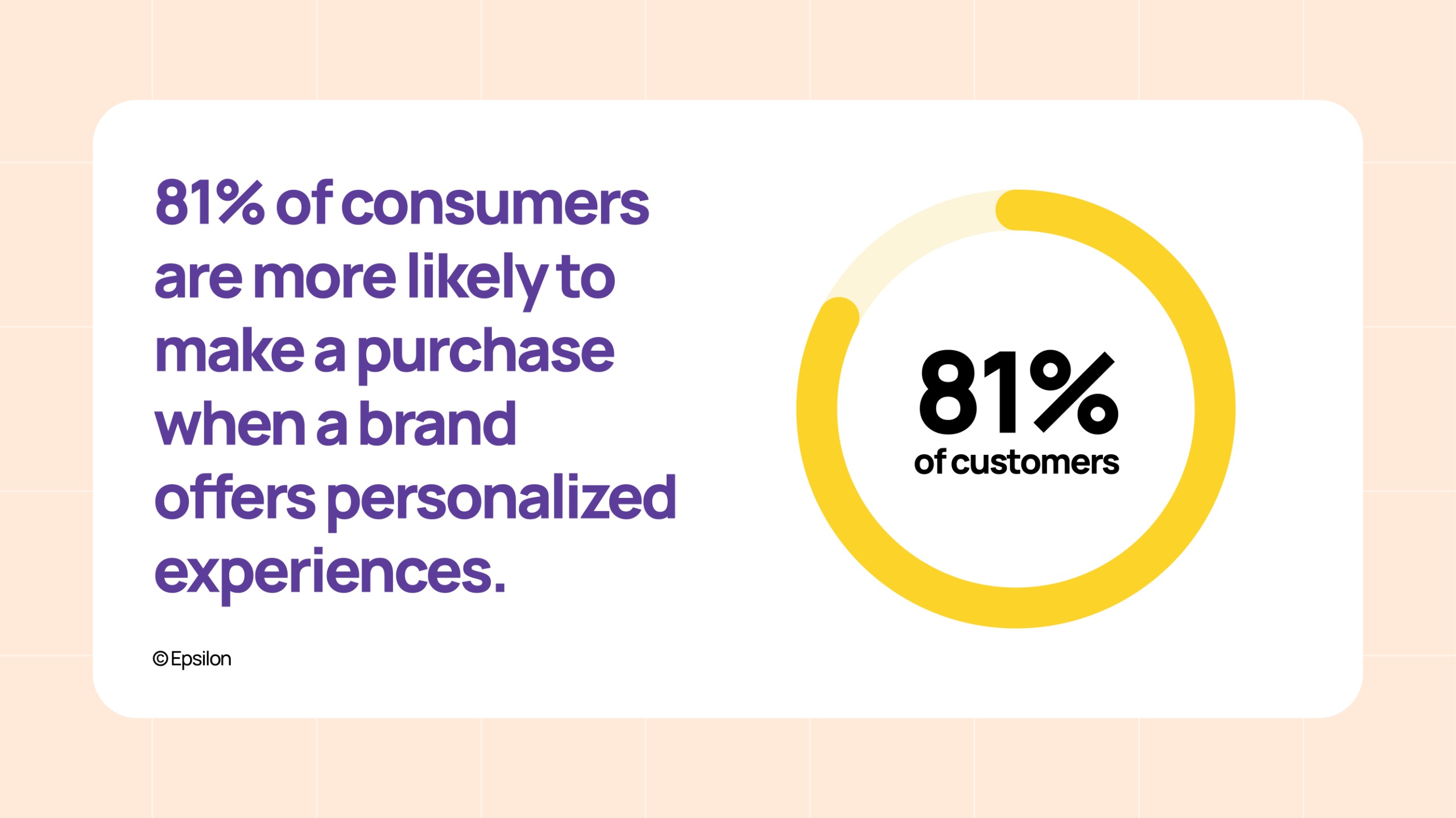
Thus, this strategy makes your customers feel truly understood, turning basic transactions into meaningful experiences.
Amazon is the king of personalization. From your past purchases to your browsing history, Amazon’s algorithm personalizes recommendations in real-time, helping you discover new products. And it works: 35% of Amazon’s revenue comes from personalized recommendations. That’s a huge chunk of their sales driven by understanding individual preferences.
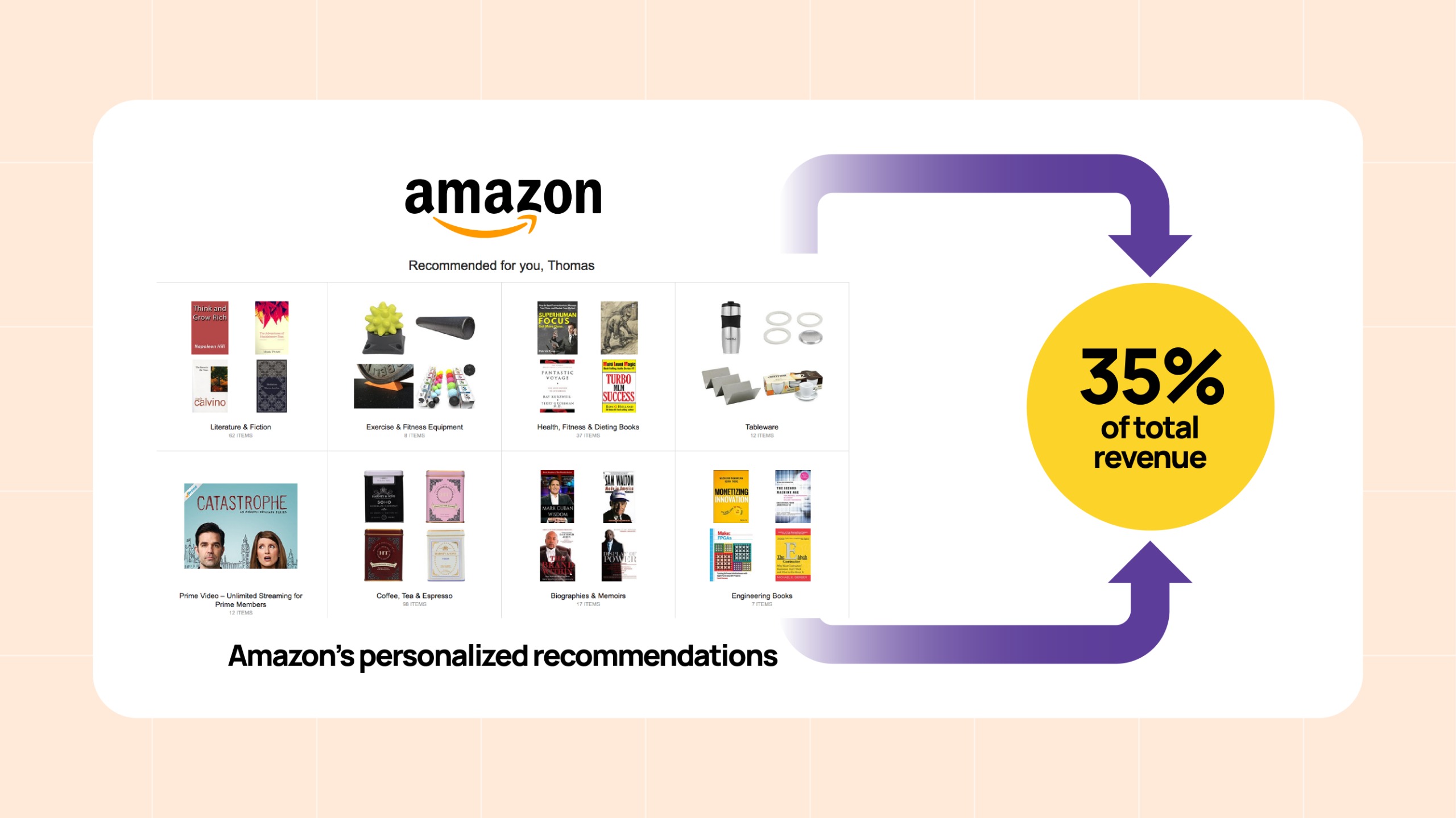
Segmentation Vs. Personalization: Which One is Right For Your Business?
One of the major queries among marketers is, should we focus on segmentation, where we target groups of customers, or should we go all-in on personalization, where we deliver messages tailored to each individual.
A study by Salesforce found that 73% of consumers expect personalized offers and discounts based on their preferences, and a Salesforce report suggests that 91% of them are more likely to shop with brands that recognize, remember, and offer relevant offers.
Thus, to answer the question of the marketers, according to the research:
- Segmentation is great for broad reach. It’s perfect when you want to create targeted campaigns for different customer groups and send relevant messages without diving too deep into personal data. For example, Myntra, an Indian e-commerce platform, segments its customers by fashion preferences and targets them with seasonal promotions or style recommendations.
- Personalization, on the other hand, is about a deep connection. It creates one-to-one communication, which increases customer loyalty and lifetime value. Sephora, for instance, uses personalization in its loyalty program, sending targeted beauty tips and product recommendations based on individual customer profiles, which boosts customer retention.
How Personalization & Segmentation Can Impact Your CRM Strategy?
When applied effectively, both segmentation and personalization have a huge impact on CRM and customer engagement.
- Personalization drives retention
Strategy: Use CRM data to track customer preferences, behaviors, and purchase history. This data can be used to send personalized messages or offers that feel tailored to the individual, such as birthday discounts or product recommendations based on previous purchases.
Impact: Personalized engagement builds a stronger emotional connection, leading to higher customer retention rates. This is because this strategy makes them feel valued, increasing their loyalty and likelihood of repeat purchases.
- Segmentation Increases Relevance
Strategy: Divide your customer base into actionable segments based on demographics, purchase history, engagement frequency, etc. Then, tailor your communications to each segment. For example, create distinct campaigns for high-value customers, frequent buyers, or lapsed customers.
Impact: Segmenting customers makes sure that your messages are relevant, improving the chances of conversion. When customers receive offers that suit their preferences, they’re more likely to engage with your brand and make purchases.
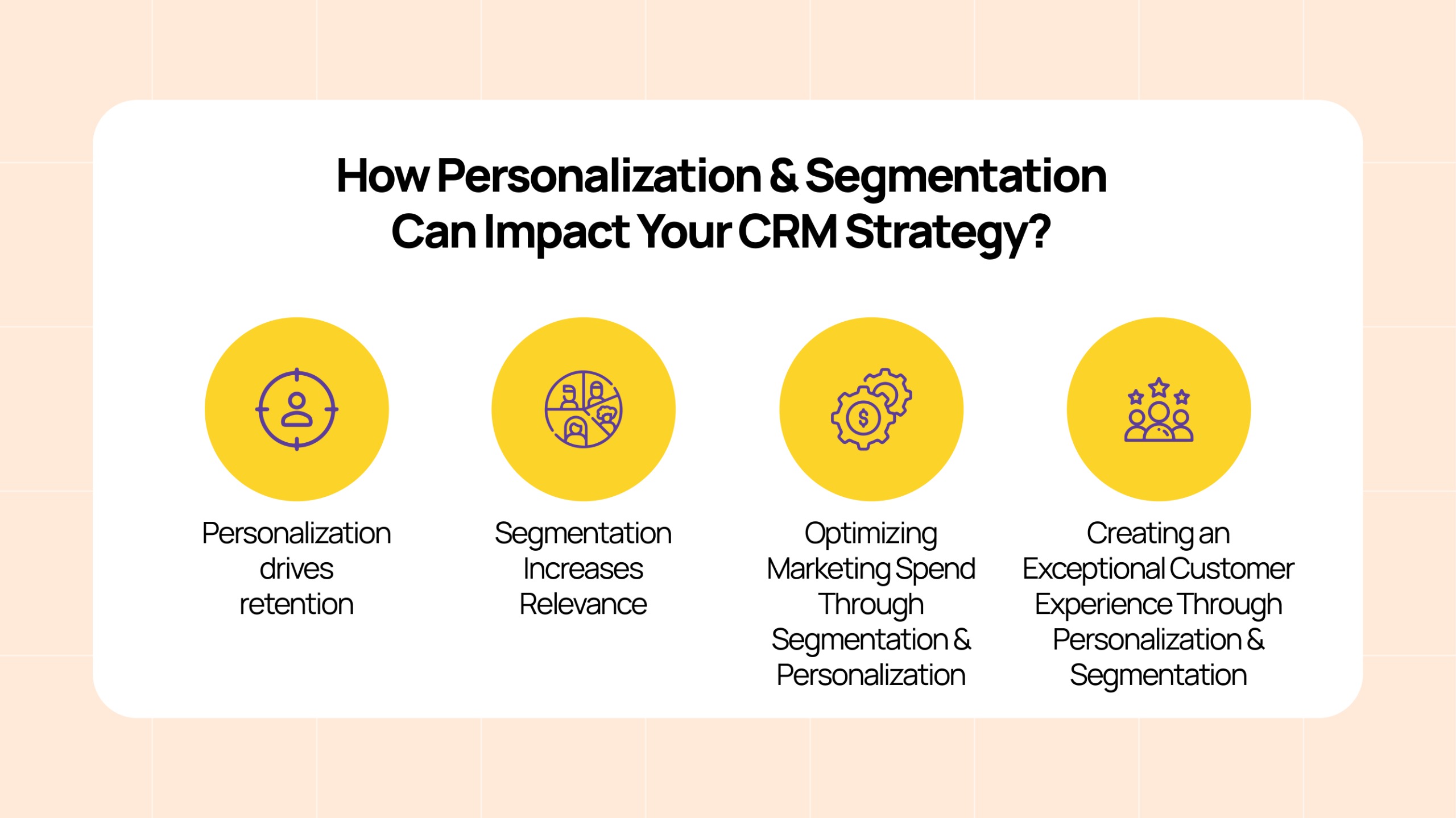
- Optimizing Marketing Spend Through Segmentation & Personalization
Strategy: Segment customers based on their lifetime value (LTV), purchase behavior, or engagement with your brand. Use personalization to send the right message to the right customer at the right time. For example, high-value customers might receive VIP treatment or exclusive offers.
Impact: By allocating marketing spend to high-performing segments and offering personalized campaigns, businesses can minimize wasted spend and ensure higher return on investment (ROI). Personalization ensures that every message resonates, optimizing campaign effectiveness.
- Creating an Exceptional Customer Experience Through Personalization & Segmentation
Strategy: Implement dynamic personalization strategies within your CRM system. For example, use past interactions to recommend products or content, trigger personalized follow-up emails, and make personalized offers for repeat buyers.
Impact: When customers receive offers that are highly relevant and tailored to their needs, they feel understood, increasing satisfaction and creating a positive brand experience. It leads to higher customer lifetime value and better customer advocacy.
CRM Strategy in Action
To successfully integrate both strategies into your CRM system, you need:
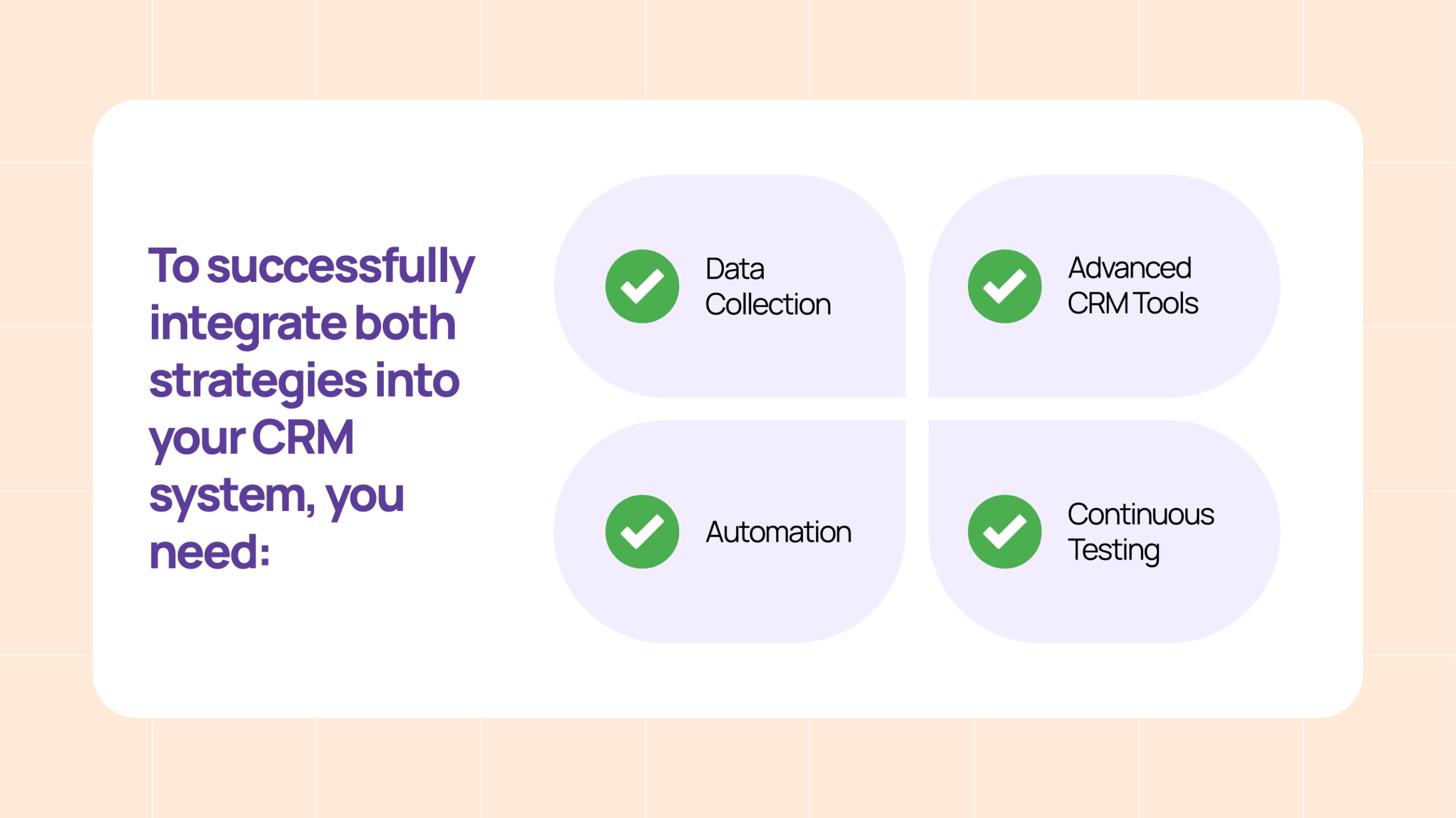
- Data Collection: Gather relevant customer data from all touchpoints (web, mobile, in-store, etc.).
- Advanced CRM Tools: Use AI-driven CRM platforms that allow for real-time personalization and dynamic segmentation.
- Automation: Automate personalized messages and segment-based campaigns to ensure timely communication.
- Continuous Testing: Test segmentation criteria and personalization tactics to optimize your strategy based on real-time results.
Together, personalization and segmentation allow you to optimize marketing spend and deliver an exceptional customer experience.
Conclusion
The question is not whether personalization or segmentation is more important; rather, it’s how well you can combine them to create a CRM strategy that drives true customer loyalty and business growth. By using segmentation to identify the right customer groups and personalization to connect with them on a deeper level, you’re creating not just customers, but long-term advocates.